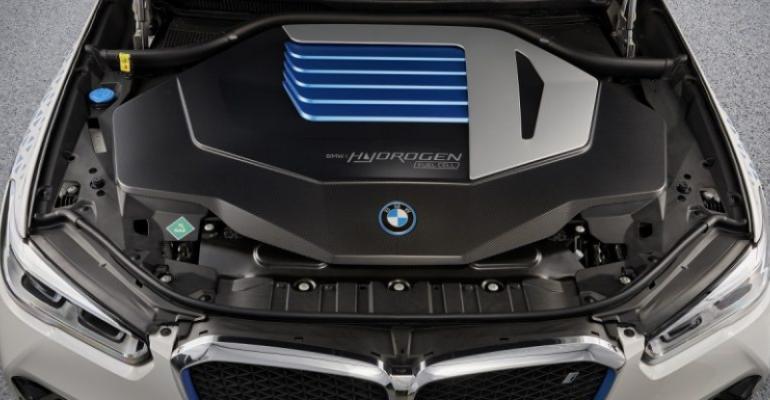BMW is using quantum computing in a bid to accelerate its hydrogen fuel cell powertrain capabilities.
The automaker has turned to specialist Quantinuum’s InQuanto platform to solve one of the major challenges in producing cost-effective hydrogen fuel cells. This is the sluggish kinetics of the oxygen reduction reaction (ORR).
Quantinuum’s developers say that most published studies on atomistic modeling of catalytic and electrocatalytic chemical reactions, such as ORR, use density functional theory (DFT); the workhorse method of computational chemistry. However, DFT relies on cancellation of errors and has limited accuracy (such as the GMTKN55 benchmark database and a benchmark for adsorption energies to transition metal surfaces).
DFT is known to especially fail for systems where strong (static) electron correlation plays a role, such as metal complexes and transition states. Hence, there is a need for reliable, systematically improvable methods for computing energetic profiles of arbitrary chemical reactions.
Although such techniques have existed in the computational chemistry toolkit for a long time, their applicability is limited to small problems owing to prohibitive computational cost. Quantum computing has the potential to fundamentally change this by enabling first-principles, accurate calculations of complex systems, without the compromises of approximate methods, such as DFT.
To demonstrate the mechanism of ORR, the company built a minimal model of the step of this reaction occurring on a platinum cluster (Pt5). Because of the intricate, multi-reference nature of the Pt5 cluster and its interaction with the oxygen atoms, the developers apply a quantum-powered correlated wavefunction method to calculate the ground state energy.
— Paul Myles is a seasoned automotive journalist based in Europe. Follow him on Twitter @Paulmyles_





